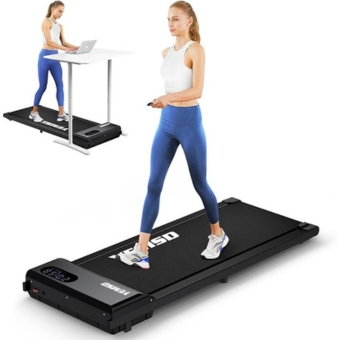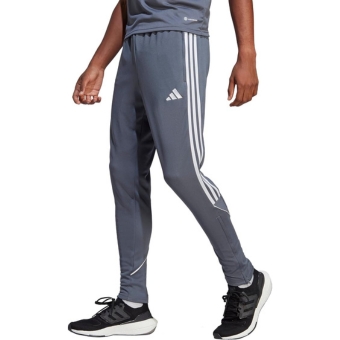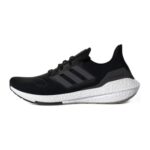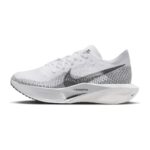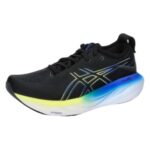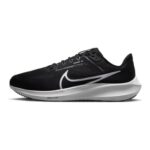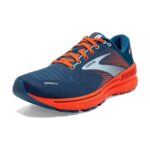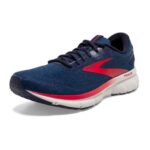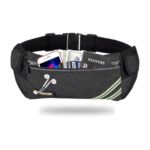Many people wonder whether using running shoes for walking is a good idea. While running and walking are similar activities, they differ in terms of impact and stride pattern. Running shoes are designed to absorb the high-impact forces that come with running, which may not be necessary for walking where the impact is lower. However, some walkers may find the extra cushioning and support of running shoes beneficial, especially if they have foot conditions or need additional comfort during long walks.
It’s important to consider your individual biomechanics and walking style when choosing footwear. Some running shoes may provide too much arch support or encourage a heel strike, which could lead to discomfort or injury while walking. On the other hand, certain models of running shoes can offer versatility for both activities by providing a balance of cushioning and flexibility. Ultimately, it’s essential to try out different options and see what works best for your feet and comfort level when transitioning from running to walking in terms of footwear choice.
Table of Contents
1. Overview of Running Shoes

When it comes to choosing the right pair of running shoes, there are several key factors to consider. The type of terrain you typically run on will dictate the level of cushioning and support your shoes should have. Additionally, understanding your foot strike pattern can help determine if you need extra stability or a more neutral shoe. It’s important to invest in a quality pair of running shoes that not only fit comfortably but also provide adequate protection for your feet and joints.
Modern running shoe designs now incorporate advanced technologies such as breathable mesh uppers, responsive cushioning materials, and durable outsoles with excellent traction. These features not only enhance performance but also prevent common injuries like blisters or plantar fasciitis. Remember that each runner has unique needs, so finding the right pair may require some trial and error until you find the perfect match for your individual biomechanics and running style.
2. Differences Between Running and Walking

Running and walking are two simple yet effective forms of exercise that offer numerous health benefits. While running is typically more intense and burns more calories, walking is a low-impact exercise that can be sustained over longer periods. Running provides a cardiovascular workout that can help improve endurance and speed, while walking is excellent for improving overall health and is easier on the joints.
One key difference between running and walking lies in the impact on the body. Running puts more stress on the bones, muscles, and joints due to the higher intensity and faster pace. On the other hand, walking is gentler on the body, making it a suitable option for individuals with joint issues or injuries. Both activities offer their unique advantages, so choosing between running or walking may depend on individual fitness goals and physical condition.
In conclusion, whether you prefer running or walking ultimately depends on your fitness level, goals, and personal preferences. It’s essential to consider how each activity impacts your body and choose accordingly to ensure you enjoy exercising safely while reaping all the associated benefits. So before lacing up your shoes for either a run or walk, consider what works best for you based on your fitness needs and overall health status.
3. Impact on Feet and Joints
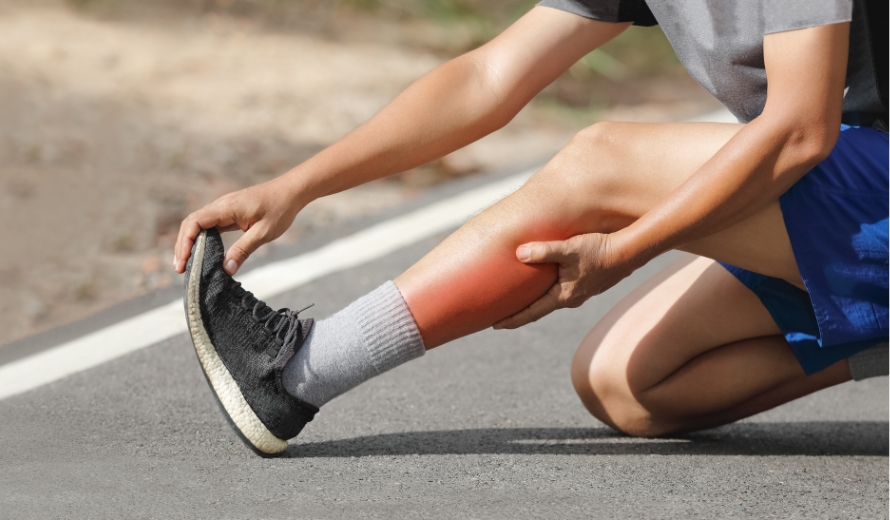
When it comes to the impact on feet and joints, wearing the right shoes for walking is essential. Running shoes are designed to provide necessary cushioning and support for high-impact activities like running, but they may not offer the same benefits for walking. The cushioning in running shoes can be too soft for walking, leading to instability and potential discomfort in the feet and joints.
Moreover, running shoes are often designed with a higher heel drop compared to walking shoes. This difference in design can alter your natural gait while walking and put additional strain on your ankles, knees, and hips. Over time, this misalignment can lead to chronic pain and even injuries. To protect your feet and joints during long walks or daily strolls, it’s best to opt for proper walking shoes that are specifically designed to provide the necessary support without compromising comfort or stability.
4. Comfort and Support

When it comes to comfort and support, running shoes can be a game-changer for walkers. The cushioning technology built into most running shoes provides excellent shock absorption, reducing the impact on your joints as you walk. This feature is especially beneficial for longer walks or for individuals with joint pain issues.
Furthermore, many running shoes offer superior arch support, which is crucial in maintaining proper alignment and preventing foot fatigue during walking. The added stability that running shoes provide can make your walking experience more comfortable and less strenuous on your feet. Overall, choosing the right pair of running shoes designed specifically for walking can greatly enhance both the comfort and support you need to enjoy your walks to the fullest extent.
5. Durability and Longevity

When it comes to the durability and longevity of a shoe, running shoes are often a top choice. Designed to withstand the impact and stress of running, these shoes are built with high-quality materials that can stand the test of time. The construction of running shoes typically includes features like reinforced soles, sturdy heel counters, and durable uppers, ensuring they remain intact even after miles of use.
Moreover, the advanced technology used in modern running shoes enhances their longevity by providing support and cushioning that remains effective over an extended period. Many running shoe manufacturers invest heavily in research and development to create innovative designs that prioritize durability without compromising on comfort. As a result, investing in a good pair of running shoes for walking can be a wise choice for those seeking long-lasting footwear that can keep up with their active lifestyle.
Ultimately, prioritizing durability and longevity in your footwear choice is crucial for maintaining both comfort and performance. Running shoes’ ability to endure prolonged use while still providing the necessary support makes them a reliable option for walkers looking for dependable footwear. So whether you’re hitting the pavement or strolling through the park, opting for running shoes could be just what you need to ensure your feet stay happy and healthy mile after mile.
6. Choosing the Right Shoes for Walking

When it comes to choosing the right shoes for walking, there are a few key factors to consider that can make all the difference in your comfort and performance. First and foremost, prioritize support and cushioning to protect your feet from impact and reduce the risk of injury. Look for shoes with a flexible sole that allows for natural movement while providing stability.
Additionally, consider the terrain you’ll be walking on – if you frequent trails or uneven surfaces, opt for shoes with good traction and durability. It’s also important to find a pair that fits well and doesn’t cause any rubbing or discomfort. Remember that not all running shoes are ideal for walking as they may have different features suited for each activity. Take your time to try on different options and choose a pair that feels like it was made just for you.
7. Conclusion: Considerations for Optimal Comfort & Health
In conclusion, when it comes to optimizing comfort and promoting health while walking, selecting the right shoes is essential. While running shoes can be suitable for walking activities due to their cushioning and support features, it’s crucial to ensure they are properly fitted to prevent potential discomfort or injuries. Additionally, considering factors such as arch support, flexibility, and breathability can further enhance your walking experience.
Investing in high-quality socks that reduce friction and help with moisture-wicking is also worth considering for optimal comfort during long walks. Furthermore, incorporating stretching exercises before and after walking sessions can help maintain flexibility and prevent muscle strain. Ultimately, by paying attention to these considerations and choosing footwear that prioritizes both comfort and functionality, you can elevate your walking experience while simultaneously promoting better overall health.


